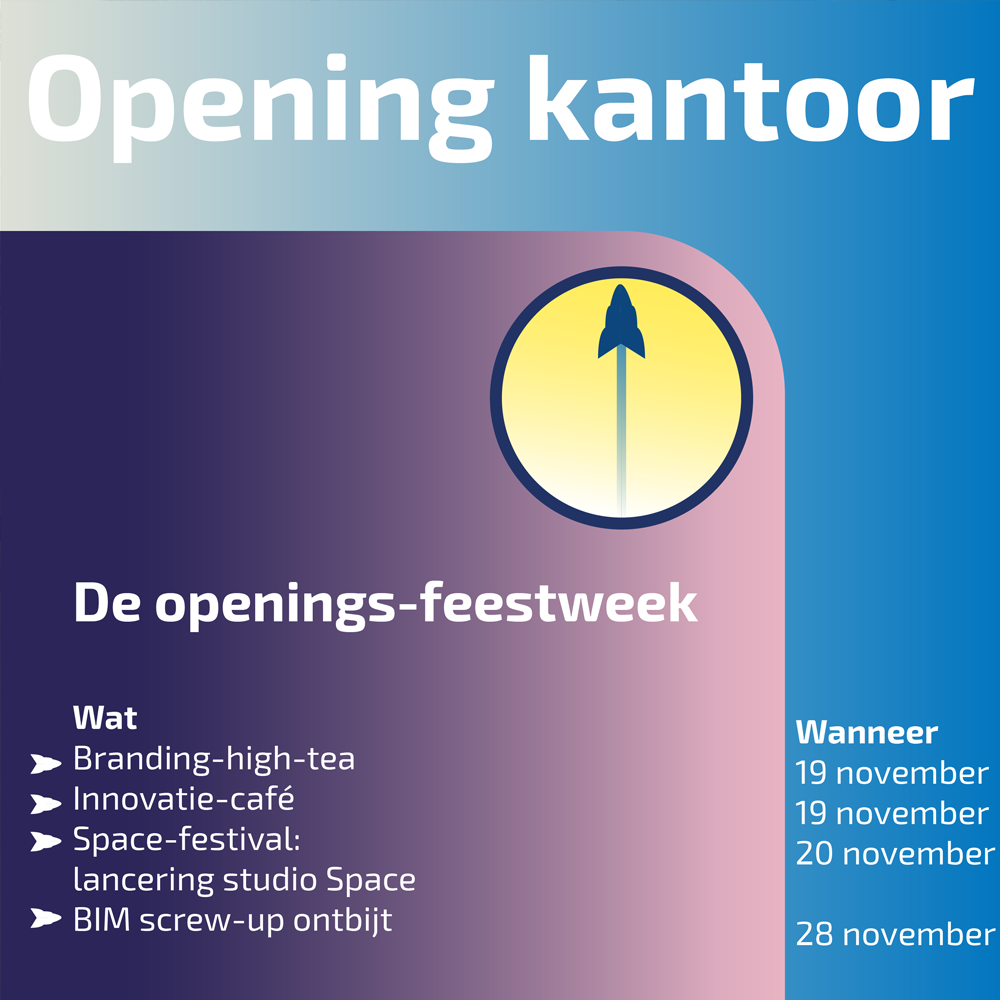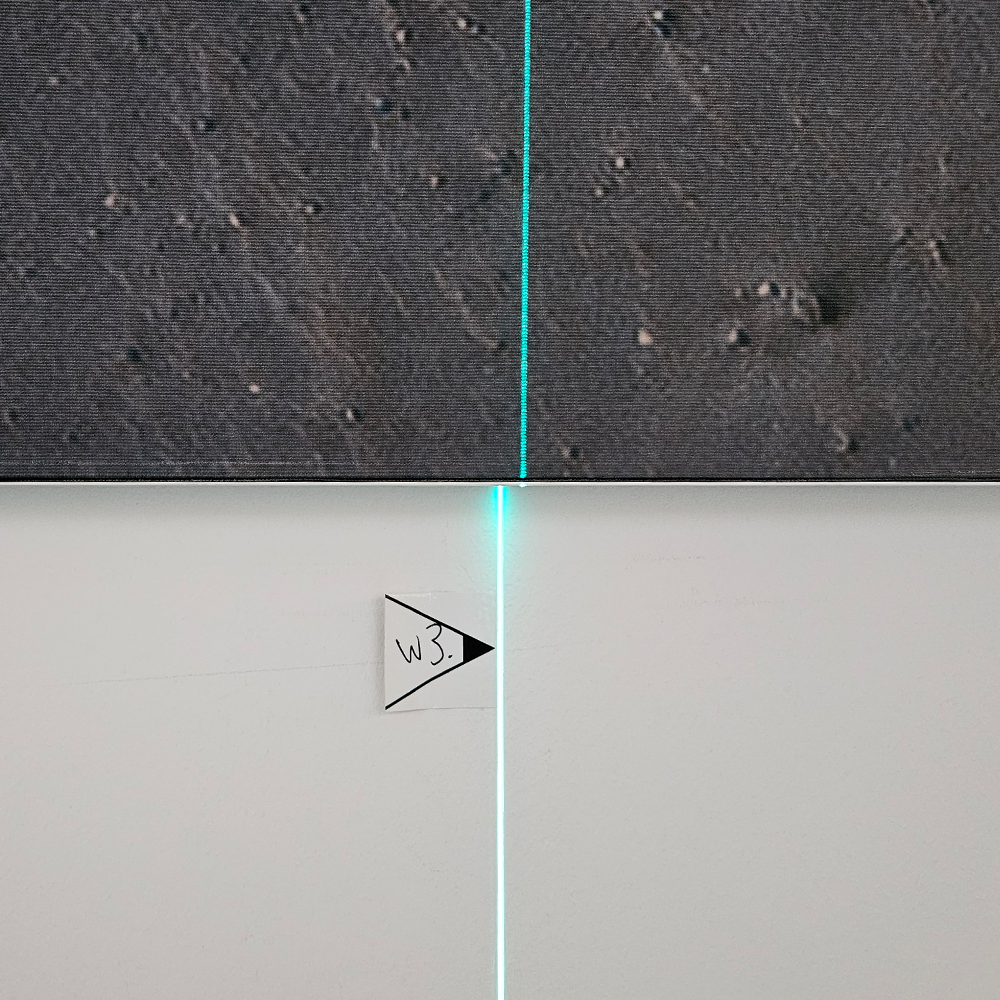Parisproof CO2 reporting for real estate and property development

Why does this matter to real estate?
To combat global warming, laws and regulations have been created. This includes the EU Taxonomy.From this also follows the CSRD (Corporate Sustainability Reporting Directive) reporting requirement. This means that in construction it is necessary to steer for change, mitigation.In part, this is enshrined in legislation: the BENG, the CSRD reporting requirement. Tools have been developed for this: the Energy Label ( based on BENG) and Paris Proof (DGBC). Here there is a distinction in which instruments look at building only and which look at building and use.
BENG and CSRD
BENG (Nearly Energy-Neutral Buildings): This is a term often used in the world of sustainable building and energy efficiency. A BENG calculation is a crucial tool for determining how energy efficient a building is and whether it meets the set standards. It includes various aspects, such as the energy requirements of a building, the use of renewable energy sources and the thermal envelope of the building. The goal is to reduce CO2 emissions and contribute to a more sustainable future.
The CSRD represents an obligation for the construction and real estate industry to report on efforts made to monitor and reduce carbon emissions.
Energy needs: A BENG calculation begins by determining the energy needs of properties. This includes aspects such as heating, cooling, ventilation and lighting. By accurately calculating this requirement, we can evaluate the building’s energy performance. Renewable energy sources: A sustainable building uses renewable energy sources, such as solar panels or heat pumps. The BENG calculation takes into account the contribution of these sources to the total energy requirements of real estate.
Thermal envelope: A building’s thermal envelope includes insulation, windows and doors. A well-insulated envelope reduces heat loss and contributes to energy efficiency. The BENG calculation evaluates these aspects.
CO2 emissions: The ultimate goal of CO2 calculations is to reduce CO2 emissions. By taking energy efficient measures, such as better insulation, efficient heating systems and the use of renewable energy, we can minimize the impact on the environment.
CO2 calculation in real estate design strategy
NewArmstrong designs (after ideation with pencil and paper) with Autodesk Revit. BIMpact is a tool what runs in this Autodesk Design Software. BIMpact allows us to assign certificates of materials in our 3d model. These certificates are based on the Dutch Materials Database. That database is populated by suppliers and manufacturers and the input is reviewed.
Once the model is provided with all certificates, a calculation can be made to cap the CO2 disposition of the construction project or property. That will be written out in a Parisproof report (MPG calculation).
By calculating the CO2 disposition of different variants in the design process and including it in the consideration of costs, environmental impact and meeting requirements and ambition, we take the client to an optimal design, which fits into a sustainable strategy and with which cf. the CSRD can be reported.

























